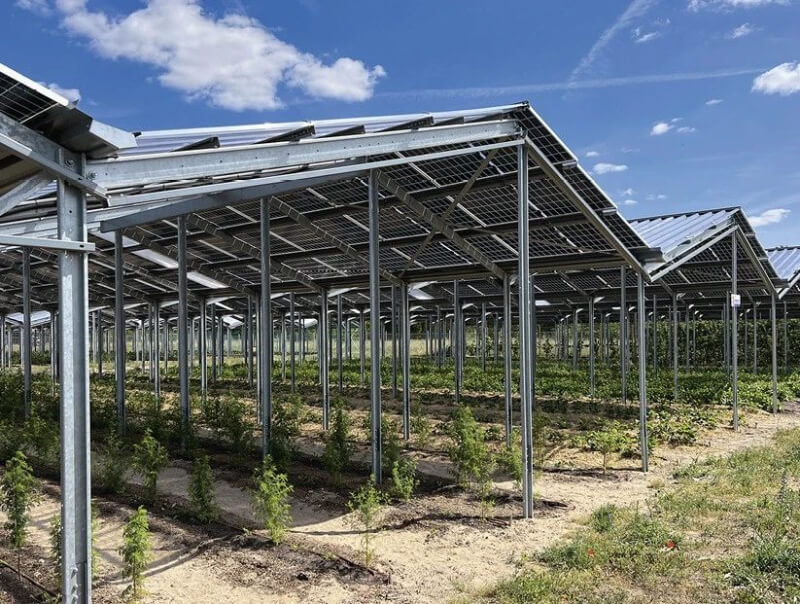Croatia adopts legal framework for agricultural PV
 namkoo solar
namkoo solar
The Government of Croatia has established by-laws for the Spatial Planning Act that define agricultural photovoltaic installations and the areas in which such equipment can be deployed, thus facilitating future deployment.
The Croatian government has now adopted a legal framework for agricultural PV deployment that aims to speed up the approval process for these PV installations.

Maja Pokrovac, president of the Croatian Association for Renewable Energy Sources (RES Croatia), told PV Magazine that "the newly adopted legislation gives a big green light that could make the approval of agricultural PV much faster than that of regular PV installations."
Pokrovac says there is great interest from investors, but also strong resistance. As a result, the Croatian Renewable Energy Association is organizing a large number of seminars, roundtables and consultations to inform the public about the benefits of agricultural PV.
"As farmers become more aware of the potential of agricultural PV to optimize yields and lower electricity bills, their views will change," Pokrovac said. "Our association will share more detailed and extensive data on agricultural PV in Croatia in a new study, which will be released in September. The study was conducted by leading Croatian experts and funded by EBRD."
Under the new regulations, agricultural PV can be installed in locations defined as farmland areas, abandoned plots, and permanent plantations, including vineyards and olive groves. The new law allows each farmer to install agricultural PV installations on his or her own land.
"Our analysis found that Croatia has a very balanced distribution of agricultural PV potential. In Slavonia, for example, the potential for such installations, as well as with grid availability, is also very high," Pokrovac said.
According to the association's data, Croatia has the potential to develop 3GW of agricultural PV projects.
"We are receiving new information from the Ministry of Agriculture that interest in agricultural PV is growing," Pokrovac said. "From this year alone, there are many large developments and projects at least in the 10MW class under construction. This will greatly expand Croatia's solar resource portfolio."
Croatia is currently developing a number of utility-scale projects, including the largest 3MW and 10MW installations, and these may become the first power purchase agreement-backed solar arrays in Croatia.
Hydroelectric power accounts for about half of Croatia's electricity generation, with wind power accounting for about 14%. At the end of last year, solar accounted for 0.5% of Croatia's energy mix at around 224 MW. however, solar capacity stood at 306 MW at the end of June, a 2% share, according to Croatian distribution system operator HEP ODS.



































